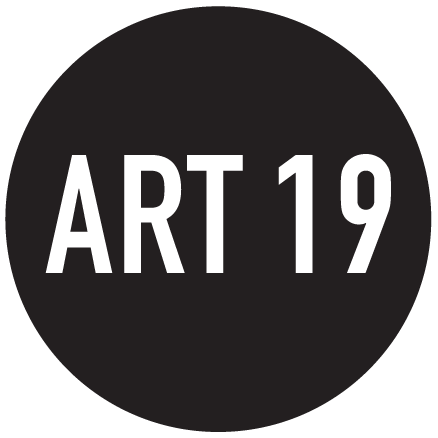Forbes : Fix A Cup To Mend The World? Yoko Ono Has An Artistic Solution To Warfare And Climate Change (by Jonathon Keats)
A lot of dishes were shattered during the pandemic. Although some breakage was accidental, incidental or ad hoc, the greatest damage was done in smash rooms, padded cells where people paid good money to sledgehammer remaindered crockery by the hour. Smash rooms were advertised as safe spaces to release Covid-induced anger and frustration. Many therapists questioned the effectiveness. One psychologist compared it to treating a gambling addiction by sending patients to Harrah’s.
Even as the coronavirus has been brought under control, people's rage has not abated, finding ever greater provocation in partisan politics, global conflict, and the catastrophic effects of anthropogenic climate change. This month, the San Francisco Museum of Modern Art offers a constructive alternative to the smash room. First conceived by the Fluxus artist Yoko Ono in 1966, Mend Piece invites people to sit around a table repairing broken crockery with twine and tape and glue.
Study day for Yoko Ono’s MEND PIECE, San Francisco Museum of Modern Art version, 1966/2021; photo: ... [+]
DON ROSS
Mend Piece is guided by a set of deceptively simple instructions: “Mend with wisdom, mend with love. It will mend the earth at the same time.” No further explanation is given. The only source of guidance is conversation with other people in the room and efforts by recent visitors collected on a shelf. As might be expected, given the materials offered by Ono, the results are beguilingly eclectic and completely inadequate from a practical standpoint.
This purposeless purposefulness – to use a definition of art once proposed by Ono’s Fluxus colleague John Cage – is an attribute of many works by Ono, especially the instructional scores that made her reputation. For instance, City Piece, conceived in 1961, instructs readers to “walk all over the city with an empty baby carriage”. And Map Piece, conceived in 1964, directs people to “draw a map to get lost”.
Ono sometimes performed these works herself. One of the first (and still the most famous) situated Ono on stage in a theater, wearing her finest clothes, a pair of scissors set beside her. “Members of the audience may come on stage – one at a time – to cut a small piece of the performer’s clothing to take with them,” read the instructions. “Performer remains motionless throughout the piece.”
First performed in 1964, Cut Piece enlarged upon Ono’s earlier works by introducing a social dynamic. Ono once described it as a form of “giving and taking” but it’s at least as much about exposure: the exposure of the artist to the whim of the audience and the exposure of the audience in terms of how people respond to her invitation. The latter turns out to be more revealing. The most Ono exposes is her body. Depending on what they do with the scissors, those who interact with her reveal their inner desires.
Yoko Ono, Mend Piece (Galerie Lelong, New York City version), 1966/2015 (installation view from Yoko ... [+]
KRIS GRAVES
Mend Piece is also revealing, communicating what participants might not be inclined or able to express outside the space of purposeful purposelessness. Ono initially conceived it as a metaphor for mending relationships, perhaps inspired by the contentious relationship with her husband (who she would divorce several years later to marry John Lennon). Mending crockery together might well have worked for some couples – given that relationships are often ruptured by misunderstanding – but Ono had already increased the stakes by the time Mend Piece was installed in 1966. Against the backdrop of Vietnam, Ono offered it as an antidote to war.
If the challenge seemed daunting at the time, it can hardly compare to the situation in 2023, with warfare in Ukraine, a coup d’etat in Niger, refugees detained at the US border, and life-threatening heat waves spanning the globe (to cite a few of the travesties in today’s headline news). An initial response to Mend Piece may be that Ono is trolling us or suffering from self-delusion. How can any of these problems be mended with twine and tape and glue? Of course that isn’t the point. What matters are the people in the room.
At the most basic level, Mend Piece can be understood as a kind of practice. The problems of the world are overwhelming. It’s easy to be paralyzed by feelings of dread or inadequacy. Mend Piece is therapeutic. By taking action in the controlled conditions of a museum gallery, participants can prepare themselves for more practical action outside.
But the purposeful purposelessness of Mend Piece may have a practical purpose in its own right. Even if the work is no longer intended to be a metaphor for personal relationships, it provides a material basis for relationship-building in a political context. In their absurd attempts to make ceramic cups hold coffee or tea again, people express a commitment to mending the world against all odds, and find common cause.
Bound together with determination, the crockery is at once humble and playful. Each shelved example is both a metaphor and a model.
Article published on : www.forbes.com


